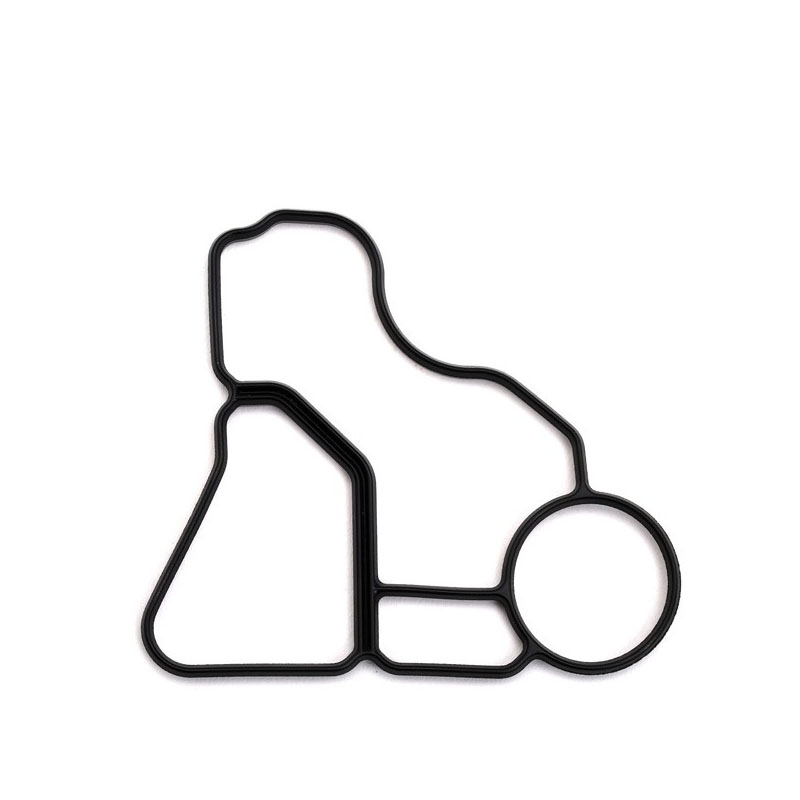seal between transmission and driveshaft
Understanding the Importance of Seals Between Transmission and Driveshaft
In the realm of automotive engineering, the intricate relationship between a vehicle's transmission and driveshaft is crucial for optimal performance and longevity. One often overlooked yet vital component of this connection is the seal between the two. This article delves into the significance of this seal, its functions, types, and maintenance practices.
The Role of the Seal
The primary function of the seal between the transmission and driveshaft is to prevent fluid leaks. Transmissions operate using various types of lubricants to ensure smooth operation and reduce friction among moving parts. As the transmission generates power, it transfers that energy through the driveshaft to the wheels. The seal acts as a barrier, keeping the transmission fluid contained while allowing the driveshaft to rotate freely. A compromised seal can lead to fluid leaks, which may not only affect transmission performance but can also lead to significant damage if not addressed promptly.
Additionally, the seal plays a vital role in keeping contaminants, such as dirt and debris, out of the transmission. The environment in which vehicles operate can be harsh, with exposure to elements that can cause wear and tear over time. The seal helps maintain the integrity of the transmission fluid, ensuring that it remains clean and effective in its role.
Types of Seals
There are various types of seals used between transmissions and driveshafts, including rubber seals, lip seals, and metal seals. Each type has its unique features and benefits
1. Rubber Seals These are the most common seals used due to their flexibility and ability to conform to different shapes. They are effective at preventing leaks when properly installed and maintained.
seal between transmission and driveshaft

2. Lip Seals A subtype of rubber seals, lip seals have a lip that creates a tight fit against the shaft, enhancing their ability to prevent leaks. They are often preferred for high-performance applications due to their durability.
3. Metal Seals While less common, metal seals offer superior resistance to heat and pressure. They are typically used in heavy-duty applications where extreme conditions may be present.
Each of these types offers unique advantages and disadvantages, making it essential for automotive engineers to select the appropriate seal based on the specific requirements of the vehicle.
Maintenance and Common Issues
Regular maintenance is key to ensuring the longevity of the seal and, by extension, the transmission and driveshaft. Vehicle owners should routinely check for signs of leaks and have any suspected issues inspected by a professional. One common symptom of a failing seal is the appearance of fluid puddles underneath the vehicle. Additionally, unusual noises or vibrations during operation could indicate that the seal is beginning to fail.
In cases where a seal is found to be compromised, prompt replacement is essential. Ignoring a faulty seal can lead to more significant transmission problems, including complete transmission failure, which can be costly to repair.
Conclusion
The seal between the transmission and driveshaft may seem like a minor component in the grand scheme of a vehicle's mechanics, but its significance cannot be understated. By preventing leaks, protecting transmission fluid from contaminants, and maintaining optimal performance, this small part plays a massive role in the vehicle’s overall functionality. As such, understanding its importance, recognizing signs of failure, and adhering to regular maintenance schedules are crucial for any vehicle owner. In an industry driven by precision, the seal serves as a reminder of how even the smallest components can have a profound impact on performance and reliability.
-
Understanding the Front Main Engine Seal: Purpose, Maintenance, and Installation
News Jul.29,2025
-
Understanding O-Rings and Seal Rings: Types, Applications, and Custom Solutions
News Jul.29,2025
-
Understanding Crankshaft Oil Seals: Rear Seals, Pulley Seals, and Their Role in Engine Integrity
News Jul.29,2025
-
The Importance of Front and Rear Crankshaft Seals in Engine Performance and Oil Management
News Jul.29,2025
-
Crank Oil Seals: Functions, Types, and Cost Considerations in Engine Maintenance
News Jul.29,2025
-
A Comprehensive Guide to O-Rings and Seals: Types, Materials, and Global Applications
News Jul.29,2025
-
Mastering Diesel and Performance Engine Maintenance: A Guide to Critical Oil Gaskets
News Jul.28,2025
Products categories















